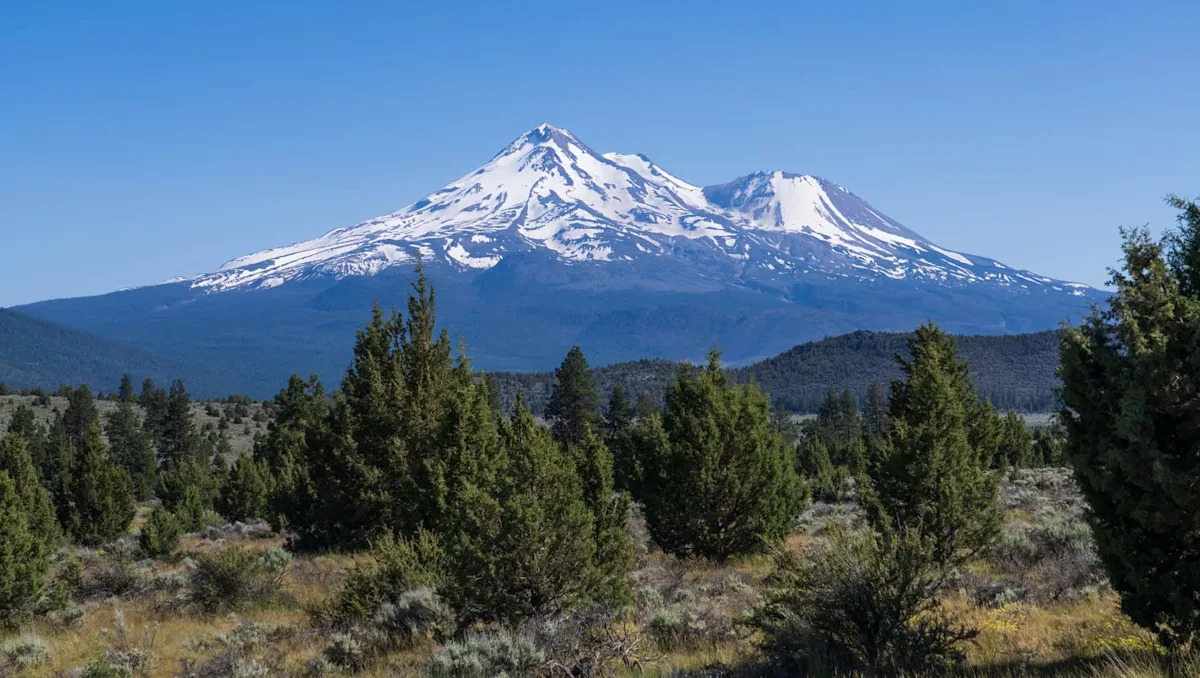Home / Environment / Sierra Nevada Glaciers Projected to Vanish by 2100 Amid Climate Crisis
Sierra Nevada Glaciers Projected to Vanish by 2100 Amid Climate Crisis
21 Oct
Summary
- Sierra Nevada glaciers persisted for 30,000+ years, now set to disappear
- Glacier loss threatens water supplies, ecosystems, and iconic landscapes
- Climate change driving "abrupt reversal" of long-term glacier growth

According to a recent study, the iconic glaciers of California's Sierra Nevada mountains are projected to completely disappear by the year 2100. Climate researchers have found that these glaciers, which have persisted for over 30,000 years, are now facing an "abrupt reversal of long-term glacier growth" due to steadily rising global temperatures.
The researchers examined rocks recently uncovered by melting ice and found that the two largest Sierra Nevada glaciers have been continuously covered in ice for the past 11,700 years, never fully disappearing even during warmer periods. However, this long-standing trend is now rapidly changing, with the glaciers set to vanish entirely within the next 75 years.
The loss of these mountain glaciers will have significant and far-reaching consequences. It will alter freshwater systems, potentially leading to water shortages for agriculture and drinking water supplies downstream. The disappearance of these iconic features of the American West will also have ecological implications for the plants and animals that depend on them. As one researcher noted, "We'll be the first to see the ice-free peaks. This has ecological implications for plants and animals. And it's a symbolic loss."
Climate change is the driving force behind this dramatic glacier retreat, with the World Meteorological Organization confirming that 2024 was the warmest year on record globally. As communities across the world face growing climate-related challenges, efforts to address rising temperatures and transition to renewable energy sources have become increasingly urgent.




